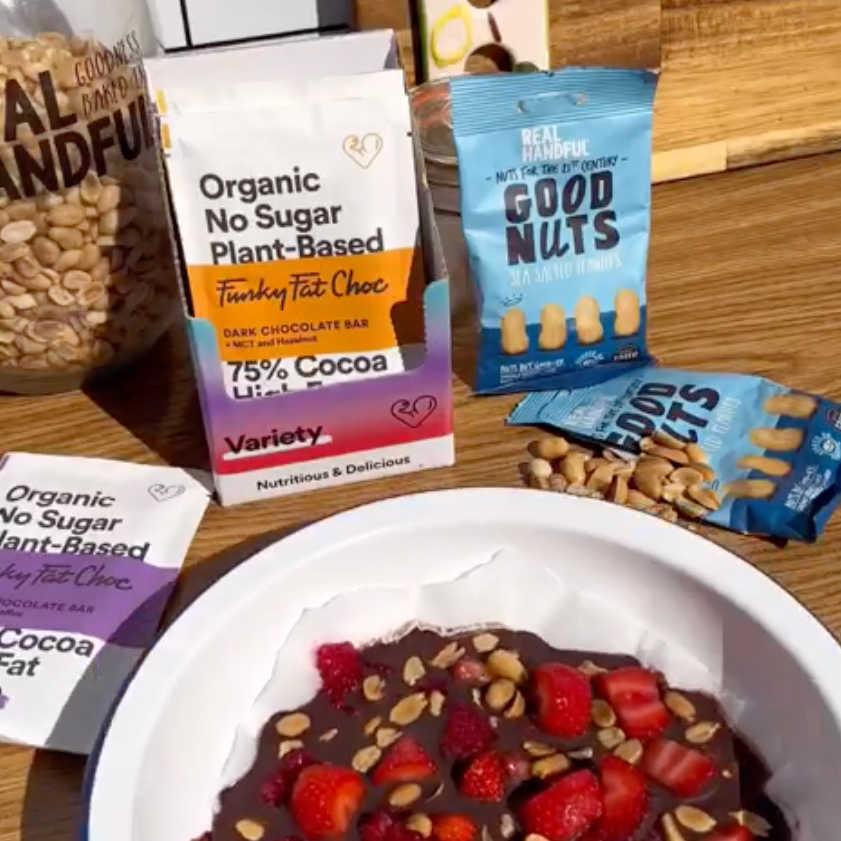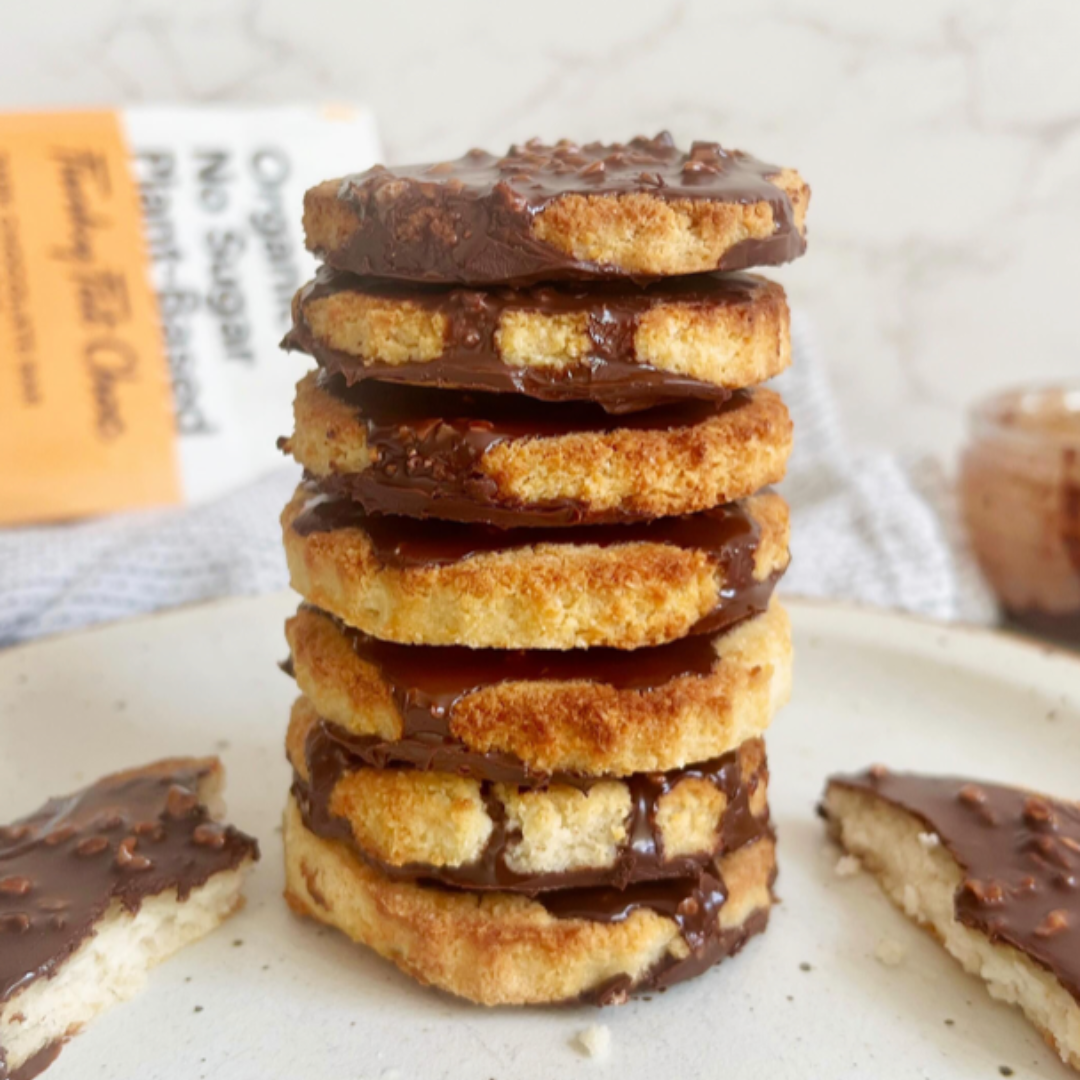Global demand for cocoa butter products is rising, however, the production of cocoa butter does not meet the demand and the availability of this ingredient is also limited. But we will talk more about it in this article. This fat has a lot of benefits in any of its forms and this is what makes it so valuable.
What cacao butter is
Cacao butter, also known as cocoa butter, is a natural fat derived from cacao beans, which are the seeds of the cacao tree. Cacao butter is a key ingredient in chocolate production and is responsible for the smooth, creamy texture of chocolate bars and confections. However, it's important to note that cacao butter is different from cocoa powder. Cocoa powder is the result of pressing cacao beans to extract the fat and leaving behind the solid cocoa mass, which is then ground into a fine powder. Both cacao butter and cocoa powder play essential roles in chocolate-making and have various culinary and cosmetic applications.
Let’s see some key characteristics and uses of cacao butter:
- Fat Content: Cacao butter is primarily composed of saturated and monounsaturated fats. It is solid at room temperature but melts at body temperature, which is why it gives chocolate its melt-in-your-mouth quality that we all know and love.
- Cosmetic and Skincare Products: Cacao butter is also used in various cosmetic and skincare products, such as lotions, creams, and lip balms. Due to its moisturizing properties and pleasant chocolate aroma, it is often included in formulations to provide hydration and promote skin softness.
- Flavor and Aroma: Cacao butter has a mild, chocolatey aroma and flavor, which can enhance the taste and aroma of chocolate products when used in appropriate quantities.
- Cooking and Baking: While cacao butter is most commonly associated with chocolate, it can also be used in cooking and baking. It can be melted and added to recipes as a fat source, particularly in dishes where a hint of chocolate flavor is desired.
- Solid at Room Temperature: Unlike some other vegetable fats like coconut oil or olive oil, cacao butter remains solid at room temperature, making it suitable for creating stable chocolate products.
Benefits of cacao butter
As you can imagine, cacao butter has plenty of benefits for both culinary and skincare purposes.
Culinary benefits
Cacao butter is a rich source of healthy fats. It is primarily composed of saturated and monounsaturated fats, including oleic acid, which is the same heart-healthy fat found in olive oil.
It also has a subtle chocolate flavor and aroma, making it a valuable ingredient in chocolate-based recipes and desserts. Plus, it adds creaminess and a touch of chocolate essence to several dishes.
Skincare benefits
Cacao butter is an excellent moisturizer for the hair and the skin. This is why it is usually used in skincare products like lotions and creams to help hydrate and soften the skin. It forms a protective barrier that helps to prevent moisture loss. It is also rich in antioxidants, including vitamins E and K, which can help combat free radicals and promote healthy skin. These antioxidants may also contribute to skin elasticity and firmness.

Cacao butter may have mild anti-inflammatory properties, which can be soothing for skin conditions like eczema and dermatitis. It is also used in aromatherapy, the pleasant aroma of cacao butter can have a soothing and calming effect, making it a popular choice for aromatherapy products and massage oils.
What’s happening with cacao butter?
As we’ve previously mentioned, cacao butter is getting harder to get and it is getting more expensive every day. But why?
As cacao butter is promoted as the skin's ultimate savior in the cosmetic industry, there is a significant demand for this product. The rising worldwide demand for cocoa-based products has put pressure on cacao butter production, resulting in shortages, escalated manufacturing expenses, and higher prices for cocoa products for consumers. This scarcity has driven the expansion of cocoa butter production diversification, including the utilization of cocoa butter substitutes from alternative plants to satisfy the surging global demand for cocoa and chocolate.
The cacao industry sells cacao butter to cosmetic companies to be used in balms, creams, and other cosmetics, while people making chocolate replace the cacao butter with more damaging sources or inflammatory oils, which according to Dr. Jaimie Seeman (OBGYN/Surgeon) it’s something that shouldn't continue happening.
Is Vegetable Oil Good for Making Chocolate?
As we’ve mentioned earlier, nowadays more vegetable oils are used in the production of chocolate. But is it good to do so? Well, this is a complex answer. The short answer would be yes, vegetable oil can be used to make chocolate. However, there are some points to add.
Chocolate is primarily made from cocoa solids, cocoa butter (which is the fat naturally present in cacao beans), and sweetener. These are the core ingredients that give chocolate its characteristic texture and flavor. While cocoa butter is a fat, it has unique properties that are important for chocolate-making. It remains solid at room temperature but melts at body temperature, giving chocolate its smooth and melt-in-the-mouth quality. Cocoa butter also has a distinct flavor and aroma that contribute to the overall taste of chocolate. Using vegetable oil as a replacement for cocoa butter in chocolate production would significantly alter the texture, taste, and quality of the final product. Vegetable oils have different melting points and flavors, and they are not ideal for creating the smooth and creamy texture associated with chocolate.
However, the chemical structure of cocoa butter resembles that of vegetable oil. Therefore when replacing cocoa butter with vegetable oil in the production process, the resulting chocolate has very similar properties. Also, vegetable oil is way cheaper than cocoa butter and also very inexpensive in general, so using it as a replacement can help keep chocolate production costs down. There are chocolate-like products or chocolate coatings that use vegetable oils instead of cocoa butter. These are often referred to as "compound chocolates" or "chocolate-flavored coatings." They are less expensive to produce but are not considered true chocolates due to the absence of cocoa butter. Compound chocolates may have a different texture and flavor compared to real chocolate.
Nonetheless, there are certain considerations to keep in mind when incorporating vegetable oil into chocolate production. For instance, vegetable oils tend to have higher levels of omega-6 fatty acids compared to cocoa butter, which could potentially lead to inflammation if consumed excessively. Additionally, soybean and sunflower oils contain notably fewer flavonoids than cocoa butter, potentially resulting in slightly less flavorful chocolate creations when these oils are used.
The Funky Fat Chocolates are made with organic and clean ingredients to prevent you from bloating but still enjoying a healthy and good quality chocolate bar. This is why they’re made with organic cocoa butter, organic cocoa mass, organic erythritol, organic MCT oil to make them functional, and organic natural cocoa powder.




Leave a comment
All comments are moderated before being published.
This site is protected by reCAPTCHA and the Google Privacy Policy and Terms of Service apply.